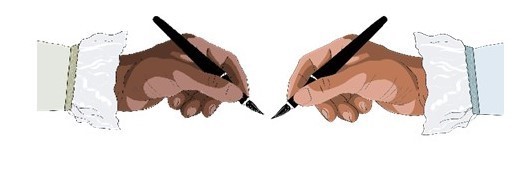Supplying the South: Intro
"At the beginning of the war we had no scarcity of provisions, such as they were, and we early became accustomed to rye coffee and sassafras tea. We had always been able to give the 'sweet-'tater pudding' to the Georgian, made after his mother's fashion, and the biscuit demanded by the North Carolinian, 'dark inside and white outside.'
But as the war went on, only peas, dried peas, seemed plentiful, and we made them up in every variety of form of which dried peas are capable. In soup they appeared one day; the second day we had cold peas; then they were fried (when we had the grease); baked peas came on the fourth day; and then we began again with the soup."
The Memories of A Hospital Matron, Part Two, 476
For most of human history, war has been synonymous with struggle- the struggles for land, victory, freedom- and the American Civil War is no exception. Behind that, the struggle for supplies: the food, the clothing, the arms, and the medicine needed to power a war stricken area; this was the struggle for life.
This exhibit, will aim to investigate how the Confederacy supplied itself and its peoples through the war, the differences in effects between soldiers and civilians, and the impact of supplies on the Confederacy, as well as the American Civil War.
- How did the South gain its resorces? And how did this change throughout the war?
- How did people in the South live, at the home vs in battle, because of supply demands? What was the impact on farmers, plantations?
- How did people get access to medicine, food, clothing, weapons, etc. through blockades, under siege, and while in the middle of a war?
Memories of A Hospital Matron, Part Two
Narrative describing the experinces of a hospital matron, in charge of care, food and overview of a Richmond hospital during the American Civil War.
